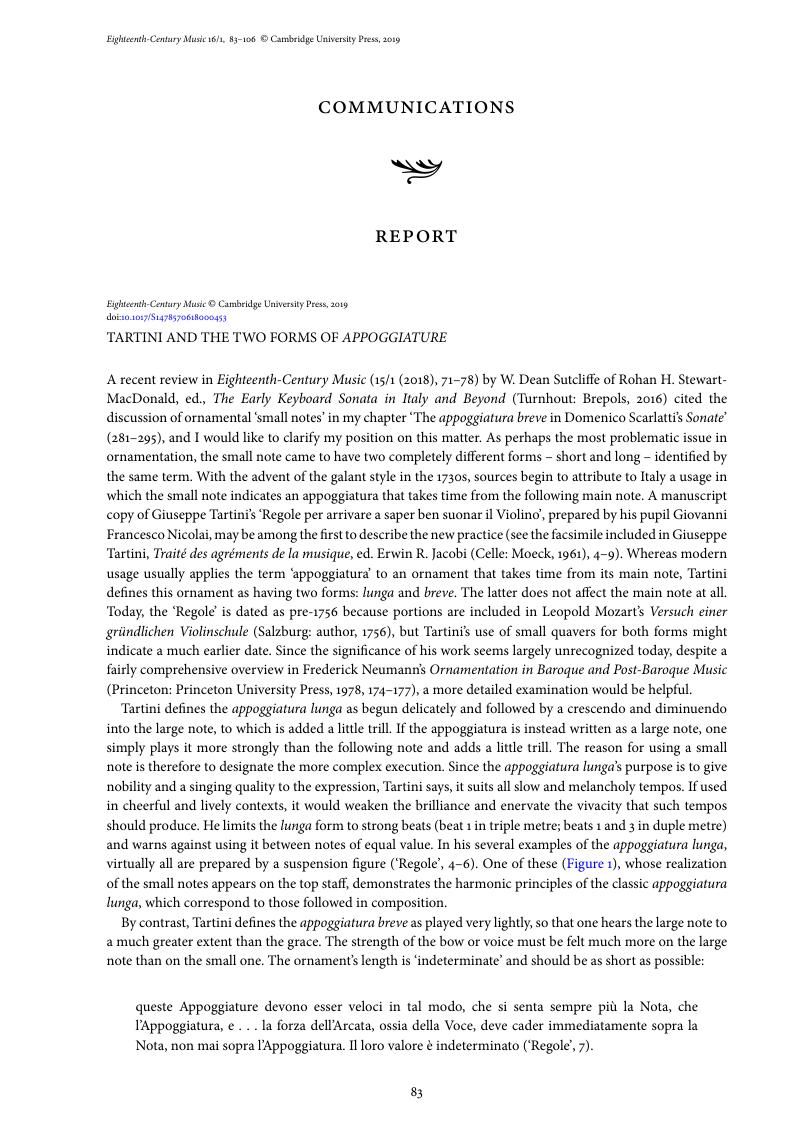No CrossRef data available.
Article contents
TARTINI AND THE TWO FORMS OF APPOGGIATURE
Published online by Cambridge University Press: 14 February 2019
Abstract
An abstract is not available for this content so a preview has been provided. Please use the Get access link above for information on how to access this content.

- Type
- Communications: Reports
- Information
- Copyright
- Copyright © Cambridge University Press 2019




